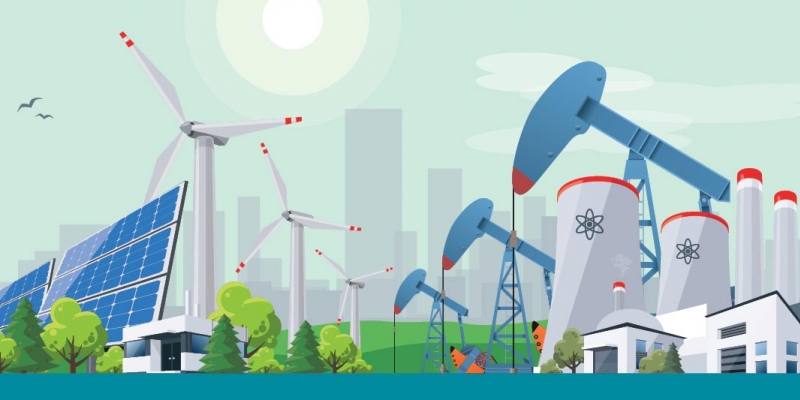Measuring Canadian Energy Subsidies: A Review of the State of the Art with Recommendations for Reform

Canada, as a significant energy producer and consumer, faces complex and contentious debates regarding energy subsidies within its energy policy landscape. A strong case has been made that governments should not be involved in subsidizing energy production or consumption. Canada participates in an international, intergovernmental effort to phase out inefficient fossil fuel subsidies. This international effort has left it to individual governments to define what constitutes an inefficient subsidy, to measure the magnitude of such subsidies, and to work toward their elimination. However, reaching agreement on the definition of what constitutes a subsidy and on the question of how subsidies should be measured has been difficult. This disagreement has practical consequences for the estimation of the levels of subsidization and is an impediment to their reform and eventual elimination.
This report reviews efforts to estimate energy subsidies in Canada. The purpose of the report is to document the nature and extent of controversies that have arisen in the development of these estimates. The thesis of this report is that we are far from achieving a consensus on key definitions of what constitutes a subsidy, on the proper methods for conducting this type of analysis, on the documentation of data sources and methods, or on the interpretation of the results. After reviewing various attempts to estimate energy subsidies in Canada, I describe the approach to this topic that has been developed by the United States Energy Information Administration (US EIA) as a potential option for resolving the current dysfunction in the Canadian literature.
Subsidies can be grouped into three categories: direct expenditures, tax expenditures, and interventions in product and factor markets that yield economic benefits for energy producers. While direct payment subsidies are less common, the controversy surrounding energy subsidy measurement arises from applying the concept of tax expenditure. The general principle that is often articulated as a guide to defining and measuring tax expenditure subsidies is that actual tax policies should be compared with a normative benchmark indicating what taxes should be due. If actual tax liabilities are less than what would be due should this benchmark be applied, the difference would represent a tax expenditure subsidy. The controversy that arises in attempts to estimate this form of subsidy is that the benchmark is a hypothetical norm and people can have quite different ideas as to what taxes should be due.
One approach is to calculate tax liabilities under a current tax regime and compare those liabilities with those that would be paid under a former tax regime or under the current tax policy in another sector. But this approach does not really address the question of what taxation should be due. Tax policy is notoriously complex and no one suggests that it is consistent. Labour income is taxed at a different rate from dividend income, which is taxed at a different rate from capital gains income. Business and trust income are also taxed at different rates from personal income. Do the different tax rates that apply to different categories of income constitute tax expenditure subsidies? Simply calculating the difference between the tax payments made under one tax policy and those that would be made under a previous tax policy or under the tax policy applied to some other category of income sidesteps the important conceptual determination of what taxes should be due in a given context.
The final category of subsidies involves government interference in product or factor markets that convey a benefit to energy producers. Some provincial governments receive royalty payments from businesses that extract hydrocarbons. Some critics have claimed that changes in provincial government royalty rates constitute an energy subsidy in this category. In the report I argue that this line of reasoning is incorrect in that provincial government royalty rates are not like market prices and that, therefore, changes in the royalty rates do not necessarily constitute subsidies.
Author:
More from this study
Subscribe to the Fraser Institute
Get the latest news from the Fraser Institute on the latest research studies, news and events.


